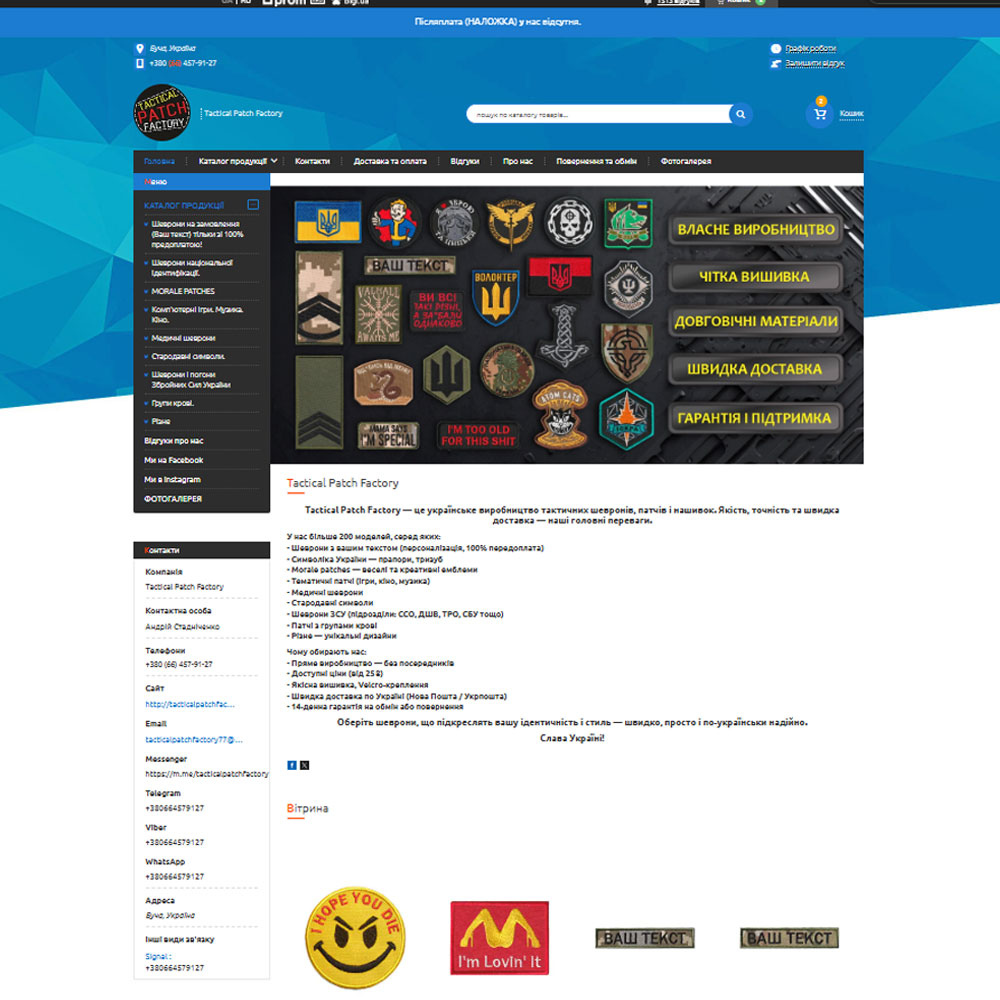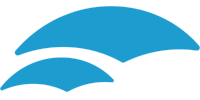Case Study: Google Ads Campaign for Custom Patches
Challenge
A Ukrainian patch manufacturer specialized in embroidered name tags, military insignia (NGU, AFU), humorous patches, and themed designs (e.g., Fallout, Chernobyl). The company also offered custom-made orders.
Despite having competitive prices (average order value of ~250 UAH / $6.50) and customization options, the client faced strong competition in the niche.
Key challenges included:
• High competition, with many sellers offering similar or alternative products (e.g., PVC patches).
• Previous advertising relied solely on Performance Max campaigns, which limited visibility into search terms and skewed sales heavily towards a few best-selling products.
• The client wanted to scale traffic for “zombie” products that had little to no impressions and reach a ROAS target of 400% with a limited daily budget.

Strategy
The strategy was built around two main objectives:
1. Increase visibility for underperforming product categories (not only best-sellers).
2. Achieve sustainable ROAS (>400%) while lowering CPA.
The key steps included:
• Transitioning from a single Performance Max campaign to a category-based Shopping campaign structure, to collect data and identify effective queries.
• Building negative keyword lists per category to reduce wasted spend.
• Monitoring audience performance and aligning product groups with relevant user segments.
• Preparing for a second optimization phase by combining Shopping insights with new category-based Performance Max campaigns.
Execution
The campaign was executed in two stages:
Stage 1: Data Collection & Shopping Campaigns
• Launched standard Shopping campaigns grouped by product categories.
• Gradually collected negative keywords to eliminate irrelevant traffic.
• Identified high-performing audiences for specific product lines.
Stage 2: Category-Based Performance Max Optimization
• Created new Performance Max campaigns by category, instead of mixing all products together.
• Implemented Mike Rhodes’ PMax script to classify product groups into Flukes, Profitable, Meh, Cost.
• Applied negative keyword lists from the Shopping phase to each category-specific PMax campaign.
• This structure gave equal visibility to products that previously had little exposure, diversifying sales beyond best-sellers.
Results
• Within the first month, the campaigns achieved a CPA of 50 UAH ($1.30),
• After optimizations, the client reached a ROAS of 408%, meeting the KPI.
• “Zombie” product categories that previously had minimal impressions started generating consistent traffic and sales.
• The new structure allowed for better budget allocation, visibility into search performance, and long-term scalability.
Key Takeaways
• Breaking down campaigns by category provided more control and visibility compared to a single Performance Max campaign.
• Negative keyword management was critical for reducing wasted spend in such a competitive niche.
• Custom scripts for Performance Max can significantly improve transparency and decisionmaking.
• Even with a limited daily budget, structured optimization can unlock growth for low-visibility products.

